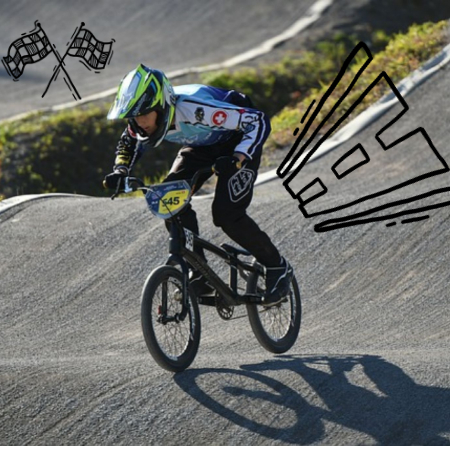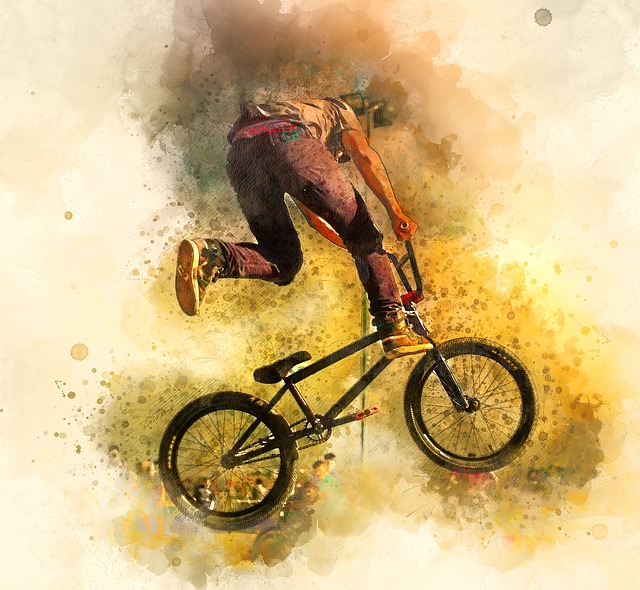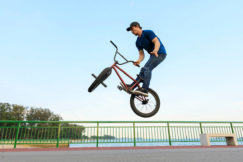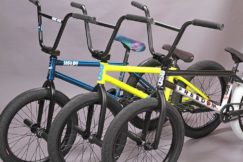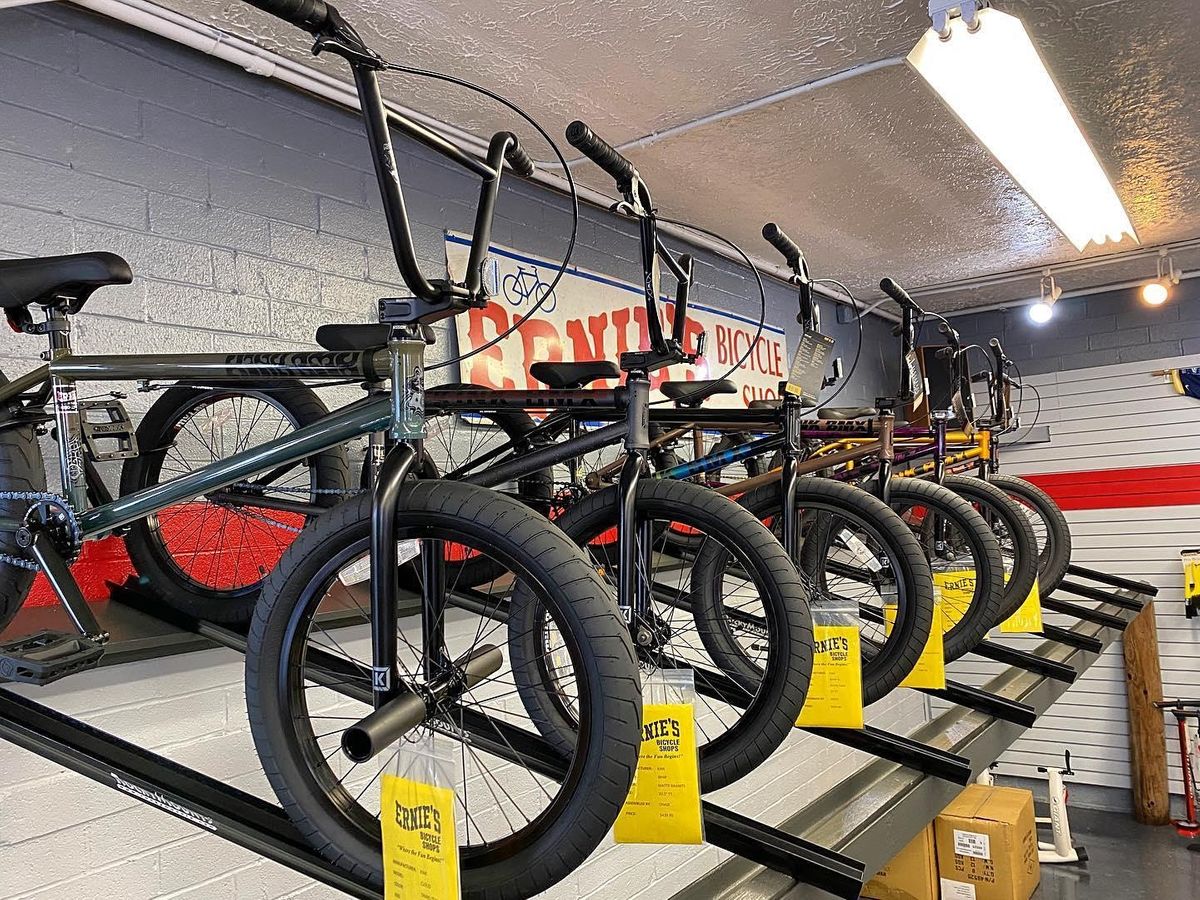Many people are not aware of the different types of BMX bikes available. These bikes come in many shapes and sizes, but they all have one thing in common – their ability to be ridden on both the street and dirt. The type you choose will depend on what kind of riding you plan to do with it most often. If you want a short bike that is easy for quick maneuvers, then a Pusher or Freestyle bike may be your best bet. For more information about the types of BMX bikes that are out there, keep reading!
Table of Contents
Pusher Bikes
Pusher bikes are the smallest type of BMX bike. They can be ridden on both dirt and streets, but they don’t have as much stability or power due to their size. Pushers usually have a 20-inch wheel in front and 20 inches in back – meaning that there is not a lot of pedal clearance for larger pedals like clipless models.
Freestyle Bikes
These bikes are also smaller than traditional street bikes with medium frame sizes (19″ to 22″). The weight distribution on this bike gives you better maneuverability over other styles because your center of gravity doesn’t need to be as high. Freestyle bikes typically have a 20-inch wheel in front and 20 inches or more of clearance for larger pedals on the back frame – making them ideal for riders who want to ride clipless models!
Street Bikes
These are the most common type of BMX bike out there today because they are slightly heavier than Pusher or Freestyle bikes but still designed to be ridden both on streets and dirt. Street bikes usually come with 24″ wheels, giving them a better balance between traction (for street riding) vs. agility (for dirt).
Dirt Jumper Bike
These bikes are one of the heaviest types out there because their design is focused on jumping. They usually have 24 – 26″ front & rear wheels (depending on if you want more agility for doing tricks). Dirt jumpers come with handlebars like mini bikes do, but they don’t allow riders to stand up while riding them so this type is not as popular in BMX circles today!
Cruiser Bike
This bike style has been around since before 1980 too which makes it still seen as another very popular option among BMX enthusiasts. Cruisers typically have an 18″ front wheel and 18″ inches of clearance at the back. Making this ideal for riding on both dirt and streets without sacrificing stability. The smaller size also means that this style is lighter and easier for younger riders to maneuver.
Transition Bike
Transition bikes have a classic flat deck that gives them stability when riding both on the street or dirt, but they also come with 24″ wheels in order to provide a better balance between agility (for tricks) vs traction (better control of speed).
Pegs & Pegless Bikes
These are very similar types of BMX bikes because they only vary by whether or not they are equipped with pegs. The most popular model out there today still uses these metal pegs because they give you better control over your bike.
Touring Bikes
These bikes are designed for street riding on trails and dirt paths, but their design is not as agile or compact as other styles which makes it harder to do tricks with them. Touring bikes usually come with 24″ front wheels (to provide more stability) and 24″ back wheels in order to balance agility vs traction – making these BMX bikes easier for riders who plan on doing a lot of long-distance rides!
Flatland Bike
Flatlander models have been around since before 1980 too so this style has always had an avid following among BMX enthusiasts. The most popular out there today are made from aluminum alloy frames that weigh about 20 pounds – making them a lot lighter than the other types of BMX bikes on this list!
Are there differences in frame material?
Yes, BMX bikes are typically made with one of three frame materials: steel – aluminum alloy – or Chromoly. Steel frames have been around since before 1980 and still make up a pretty large proportion of bike production today because they’re designed to be lightweight while also being able to withstand the impact that comes from off-road riding!
Chromoly is another type of metal and it’s heavier than steel but more durable too which makes these types ideal for street riders who plan on doing some serious jumps (you don’t want your front forks bending!) Aluminum alloy has always had an avid following among BMX enthusiasts because its design combines durability with weight savings without sacrificing stability at high speeds!
Is a BMX Bike just like a Mountain Bike?
No, BMX bikes are built to withstand the impact of off-road riding and come with front & rear pegs in order to provide better control when doing tricks. Mountain bikes have a more compact design that is focused on speed vs stability which means they don’t usually have these metal pegs or an aluminum frame!
What should I look for in a BMX bike?
The best way to tell if you’re looking at a high-quality BMX bike is by checking out how heavy it feels – steel frames are typically heavier than aluminum alloy so the lighter weight range of this material (under 20 pounds) makes them ideal for younger riders who plan on going fast AND do lots of jumps. Look also at what type of handlebars there are – BMX bikes typically have a straight handlebar that is wider than the more narrow racing-style handlebars. This makes them feel safer and more stable when riding because it provides more space for the rider’s arms!
Conclusion
One of the most exciting things about BMX bikes is that there are so many different types to choose from. No matter what your skill level or budget, you can find a great bike for you and get out on the track! It’s important to know the difference between all these models before making a purchase decision.
The type will dictate how much money it costs, its overall quality as well as some features like wheel size and weight limit. We hope this article has helped clarify which model might be best for you! If you have any more questions please feel free to contact us- we would love to help make sure that your next bike.

